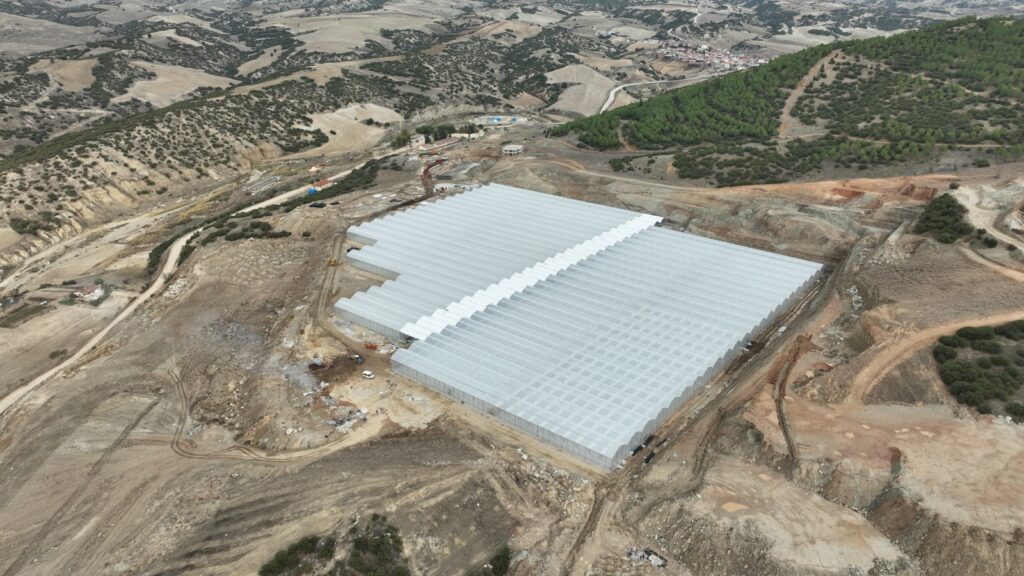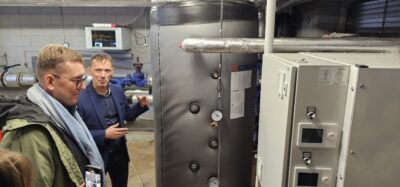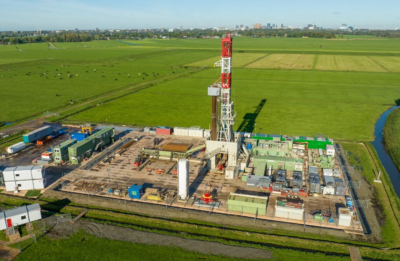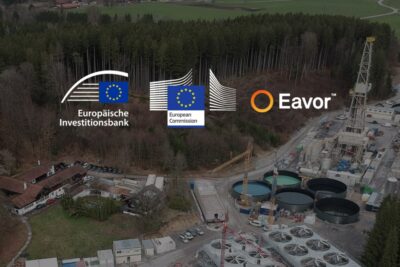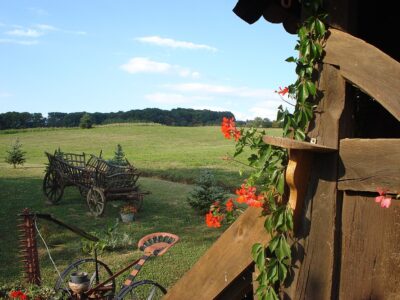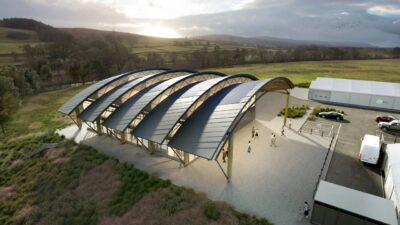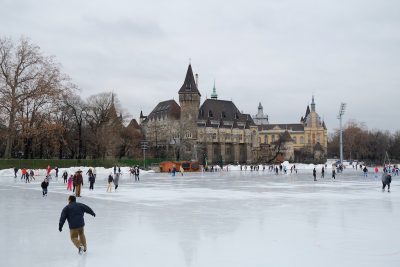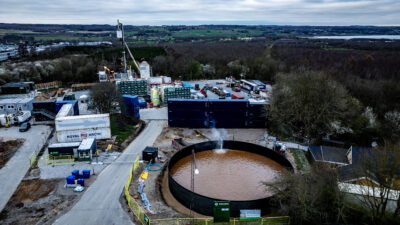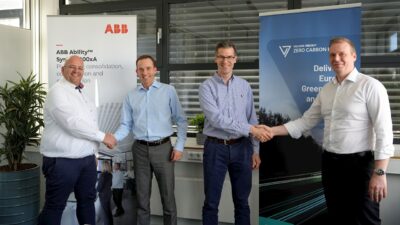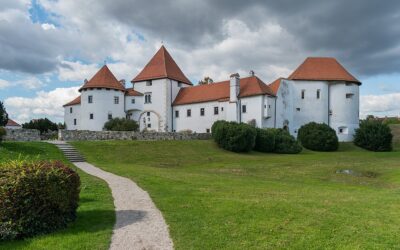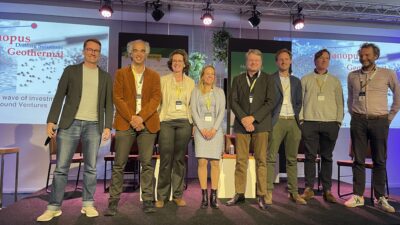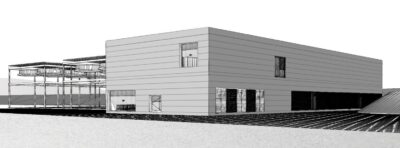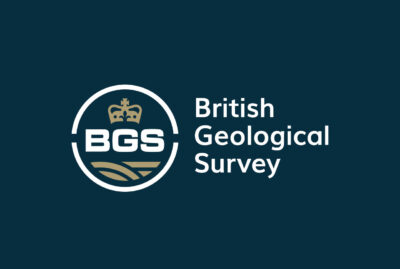Interview – The Kula geothermal greenhouse, Türkiye as enabler for rural development
In this interview with Nuran Sevimli Akkoç from Kula,Türkiye, we discuss how the geothermal greenhouse project has driven rural development and social equality.
One of the more special benefits of geothermal projects, particularly direct-use applications, is how it provides employment opportunities for women, the youth, and marginalized groups. This highlights the multi-faceted advantage of geothermal development, providing clean and sustainable energy while also enabling social change and gender equality.
A notable example of the socio-economic benefits of geothermal has manifested in the geothermal greenhouse project in Kula, Türkiye. In this interview with Nuran Sevimli Akkoç from Kula Municipality, we discuss the geothermal greenhouse project and the role that geothermal energy has played in attaining rural development goals.
Could you tell us about yourself and your background?
I graduated from Istanbul Technical University Geological Engineering. I had the same problems as many of my female geological engineer colleagues. After my graduation, I continued to live in Istanbul. However, since it was before the Istanbul earthquake, I had problems finding a job.
I will never forget that I applied for a job for the night shift at Yuksel Construction for the construction of the Istanbul metro. The person I interviewed was a colleague from our school and I think he was a graduate of mining engineering. But I was not hired because of my gender. I asked him, “What is the colour of your diploma?” He said, “Why did you ask?” When I said “that I am not pink and I guess you are not blue, why this discrimination?” He said that, “I guess we will not be able to work with you in these conditions.” I, as always, true to my heart, said that “I would not work even if you wanted to,” and I left.
After that day, I had to take a break from my profession, which I started with love. I worked on production and planning in various factories, using my engineering career. But I never suspended my Istanbul JMO relations. I helped my friends to work in the field as much as I could on weekends; I continued the activities of the chamber. At some point, life dragged us to Kula in 2003.
How did the geothermal adventure in Kula begin and how did it come to this point?
I started working in Kula Municipality in 2003. I worked in public relations and project unit manager jobs outside my profession. But my admiration for the geological potential of Kula started in this period, especially with the Kula Volcanics that are an important geological heritage of our region.
We started the first study on this subject with Prof. Dr. Hulya Inaner with the Kula Geopark paper that we presented to the World Geological Congress with Murat Tokacer. For a long time, I continued with geopark studies in addition to my other duties. After a certain period, I handed over the task to Mr. Erdal. With his successful work, he brought the first geopark of Turkey to our country.
Of course, in the meantime, while studying the tourism diversity of the region, I observed the existence of geothermal potential in the hot spring’s region. Kula geothermal adventure started in this way.
Can you tell us about the geothermal greenhouse project? How much area is heated? How many production and reinjection wells do you have?
Depending on the geothermal potential of the region, we had set various targets in front of us. These were studies for both tourism and employment. Our priority was the thermal facility project. Our greenhouse project was in the second plan. But the process paved the way for us more on geothermal greenhouse.
Ten years ago, we updated our greenhouse project, which we started to work as 20 acres, with the Kula geothermal greenhouse feasibility report we carried out in 2021 in partnership with Zafer Development Agency and Manisa Governorship. Our project was accepted as 50 acres in cooperation with Zafer Development Agency, Ministry of Industry and Technology, and Ministry of Youth and Sports. Here, the support of the former Minister of Youth and Sports and now Izmir Deputy Mr Mehmet Muharrem Kasapoglu was the most important factor in the acceptance of our project. I would like to thank him again for this support.
We started our greenhouse project with excavation works. We created our greenhouse area after approximately 400,000 m³ of excavation.
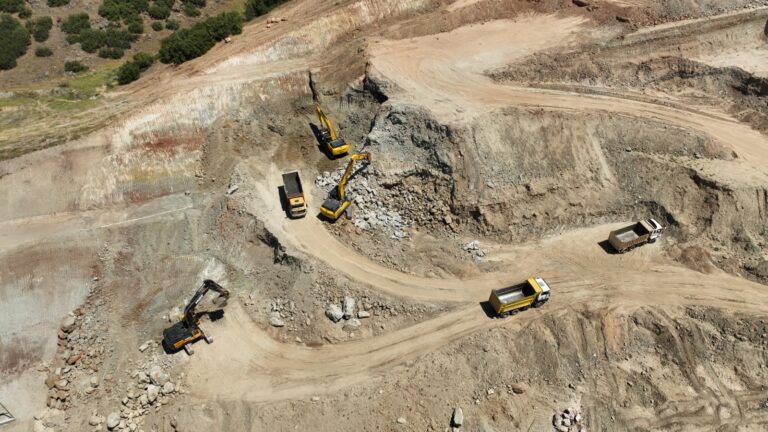
Our geothermally heated greenhouse consists of 2 production areas of approximately 24,000 m² each on an area of 50,064 m² and approximately 3,000 m² administrative and technical area. In our greenhouse, which is divided into 8 sectors in total, we planted Climbo-type tomato seedlings on 11 December. We plan to harvest the first harvest around the beginning of March from our 177,000 seedlings.
We heat our technological greenhouse with 2 shallow boreholes drilled by MTA in 1998-1999 with temperatures of 62 °C and flow rates of 40 and 70 lt/sec at depths of 33 and 162.5 metres. In the first production phase, we had difficulty in supplying water to our greenhouse due to the high pressure and gas accumulation in the region and especially due to the elevation difference of about 18 metres between the greenhouse and the boreholes. This has been solved after some testing. I would especially like to thank my colleague Salih Kaymak and his team, with whom we solved this problem with the separator and accumulator.
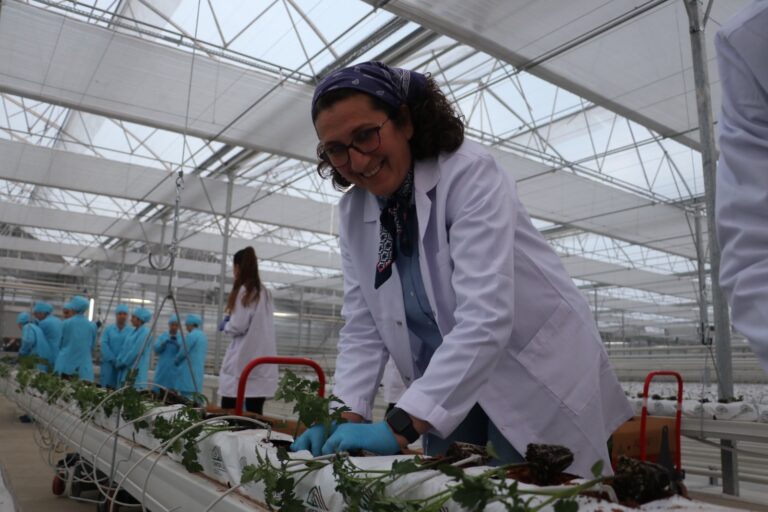
We started to drill production wells and re-injection wells in our license area to support our greenhouse and to meet the needs of new greenhouses to be established.
What can you tell us about the role of geothermal energy in local-rural development goals and can the greenhouse project in Kula be a model?
The economy of our district is generally based on traditional agriculture, animal husbandry, and tourism. In recent years, the textile sector has started to invest in the district and the number of migrations has started to decrease according to 2022 data. Nevertheless, the lack of alternative job opportunities continue to cause unemployment among young people.
With our technological greenhouse project, we ensure the development of alternative agricultural methods in the region and we bring our geothermal water, a renewable energy source, to the economy. It opens new employment opportunities for the young and unemployed in the region.
The social, cultural, and economic development of a society is structurally very different from each other. Women working in rural areas are not wage labourers, but rather, women working in the family enterprise without any social security. Very few women working in urban areas are employed as agricultural workers and are paid for their labour (Arat, 1986:163).
We know that the social, cultural, and economic development of our country is only possible if the individuals who make up our society have equal opportunities and can benefit from these opportunities. The economic activity of women in cities is different from the activity of women in rural areas. Because our women in rural areas are not wage laborers, they are women who work in family businesses and do not have any social security.
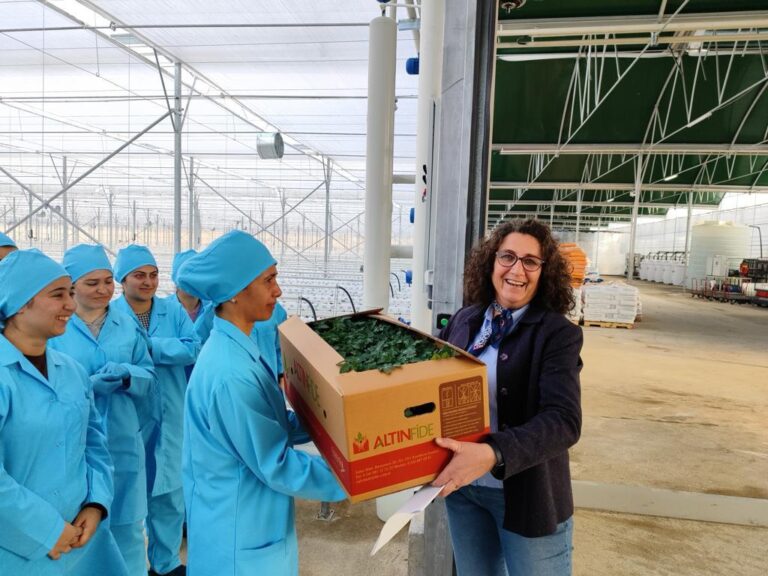
With our project, we tried to eliminate this difference to some extent. As you know, 75% of technological greenhouses are realised with the employment of female labour force. In our project, our target audience has been young unemployed women in the region as well as unemployed young people. Thus, with the security of labour force, our women continue their lives as individuals who contribute to the family economy.
Thus, with our project, we have contributed to the economic development of the region in the light of technological production by utilizing our idle geothermal water.
What were the challenges in the project?
Since the land density of our region is dominated by a steep rugged topography, we carried out intensive excavation work for our greenhouse area. The slopes we made in the neighbourhood with the weather opposition caused our project to be prolonged.
In our greenhouse area, we created an area of 52,000 m² by resetting approximately 400,000 m³ of material with 30% filling and 70% excavation work. Of course, since we had not dealt with greenhouse construction work before, we learned everything on the road during the construction phase, which was another difficulty.
Can the potential in your region be further developed?
When we look at the scientific researches conducted on the region, we see that the Emir hot springs and its surroundings have shallow geothermal potential. Based on the seismic studies we have been doing for the last year, I think that if we can drill a 1500-metre gradient well, we will have clear information about our geothermal water located in the depths.
We have started the Kula Thermal SPA Centre project on an area of approximately 2,500 m², 150 metres next to our technological greenhouse project. We have also started to revise Emir Hot Springs, which is also located in our region.
With our greenhouse project, there is a very intense investor demand for the region. We plan to respond to all of these after modelling and planning our geothermal resources. We have also started to work on the drying project for aromatic plants in the region. Depending on the cost analysis, we plan to complete and present the project.
Is there anything else you would like to add?
Renewable energy sources have been making a significant contribution to our country’s economy for the last 20 years. In particular, studies conducted using geothermal resources show that geothermal positively affects the economy in a wide range of areas, from energy to tourism and agriculture. But geothermal is an unknown energy underground. No matter how accurately we bring this energy to the earth and feed it back, this potential will remain with us.
In this context, examples from our country have shown us that basin modeling is very important when using geothermal resources. In this case, the areas where we will use geothermal resources and the planning of each well to be opened will ensure the sustainability of our geothermal resources.
When I look at our technological greenhouse today, the chirping work of our women in the greenhouse is the greatest joy it gives me. It is our greatest happiness that our natural resource is made available for use in this way.
We would like to thank Ms. Nuran for her work in Kula and for sharing this unique project with us.
Source: Our Turkish language platform, JeotermalHaberler
